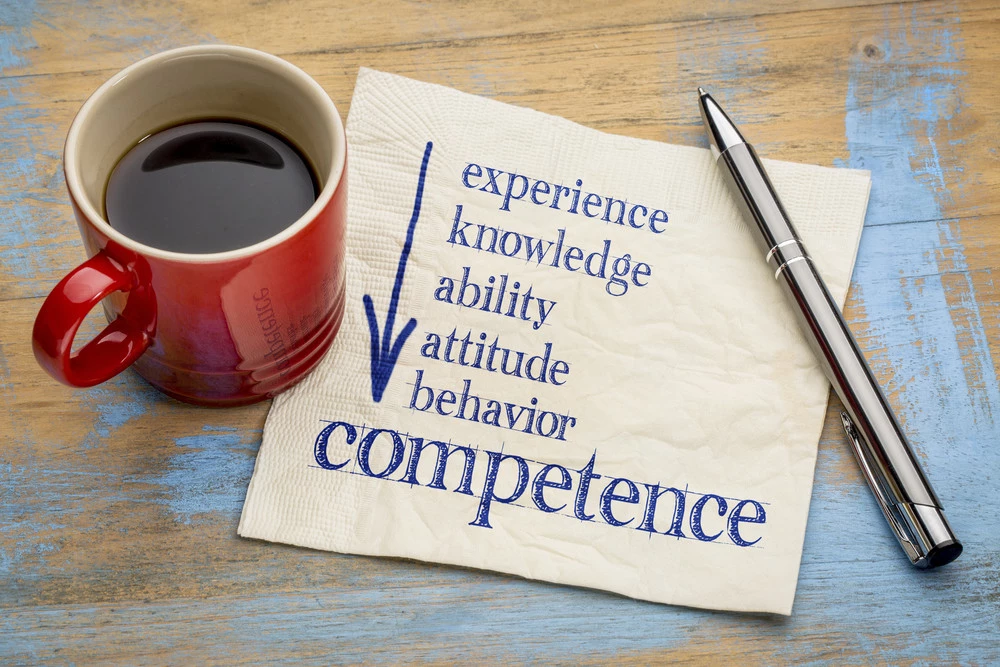Training Your Workforce for Improved Competence: Most Important Factors
Add bookmark
All companies want employees who are highly competent and excel at what they do. But competence, though impressive, can be a vague term in the absence of clear expectations and set parameters to assess it.
A lot goes into creating and sustaining a competent workforce. To that extent, the suggestions presented here are aimed at both the trainers and those involved in the management of a company.
Good and sustainable results can only be achieved when these two work in tandem with each other.
Start With Clear and Manageable Goals
"I want my employees to become more competent," declares the owner of a small-cap company who wants you to train his staff to achieve excellence.
He has the resources and now he wants to implement them in improving his human capital. Well, that’s great. But competence needs to be defined. Which aspects does the manager want his employees to improve their competence?
While we all know a competent person when we see one, putting our finger on what exactly makes an employee competent is not easy. There is no single thing you can point to. Competence is a coming together of various things. It could refer to any or all of the following:
- a very good understanding of one’s work
- a great attention to detail
- innovative thinking
- professionalism
- a desire to improve
- a hunger for knowledge
All of the above can and should be further broken down into attributes that are easier to understand for the trainer. Clearly defined parameters are a good place to start and also give your training a watertight focus for best results.
Furthermore, it ensures that you understand exactly what the employer wants of you, and therefore you're able to deliver tangible results.
Set up Ongoing Support to Sustain the Changes
Creating the required change is not enough, however. It needs to be made permanent by reinforcing the correct behavior.
This is a bit like trying to lose weight. You get into a very strict regimen of working out regularly and eating the right foods in the right amounts diligently.
Soon you notice a change in your body composition and you're happy with your results. But at the same time if you want to continue being in shape and health, you'll have to make sure that you set up your lifestyle to support these goals and sustain these changes. Otherwise, you'll find all your hard work undone.
Training employees is similar to that. You may create a great program, which inspires employees to improve their performance and raise their competence levels, but if these changes aren’t accompanied by a support system, they might fizzle away.
As an ambitious L&D manager, you need to convince others in management of the need for this and work towards creating a system that ensures the most important takeaways of your competence training program are reinforced on a regular basis.
Create a Culture Conducive to Competence
Competence is not just a personal characteristic, but rather a culture—a set of habits, approaches and practices that puts you on the path to success.
This culture can be created in a number of ways, some of which include:
- Emphasis on punctuality
- Treating deadlines as sacrosanct
- Clear communication between team members and superiors
- Transparent policies
- Regular feedback and constructive criticism on work
- A push for accountability
- Effective mentoring
One of the ways this can be accomplished is by introducing mini-incentives and rewards on the achievement of certain goals.
On the flip side, people who consistently falter in their performance need to be made accountable for it. You can't have a competent culture at your workplace if you treat the underperformer and the over-achievers both the same way.
Competence Assessment and Evaluation
Another way of ensuring that employees have actually gained competence is by putting in place parameters to assess this competence in clear terms.
While this may or may not involve the trainers who imparted competence training to the employees, it will be of help if trainers work with these parameters in mind.
These should only be formed by the management in collaboration with the company’s L&D and HR departments, so that all are on the same page regarding the wanted results and how to assess them.
With a background in training and tech, Mark Nevius helps get the word out about Administrate, which makes time-saving management software for training providers. In addition to assisting in marketing, Mark keeps his finger on the pulse of the training industry and helps provide great content to training providers around the world.





























